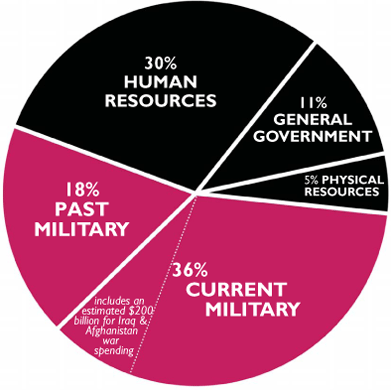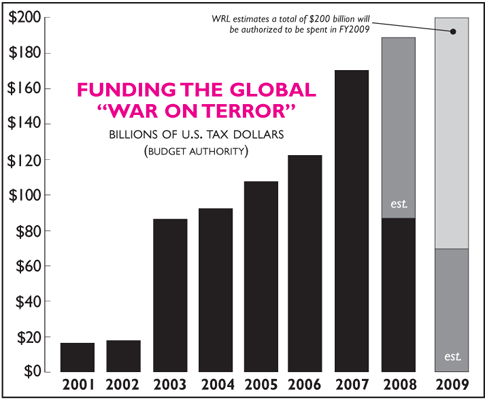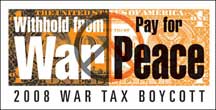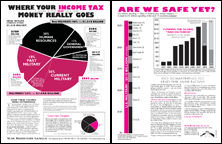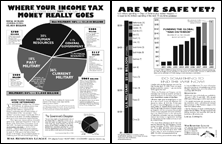Monday, December 20, 2010 11:58:13 PM
Black
Ice |
Feeling the Invisible |
December 9, 2010
| Growing Books |
||||||||||||||||||||||||||||||||||||||||||||||||||||||||||
This Writing Happened > |
Because of what happed in this developing story. | |||||||||||||||||||||||||||||||||||||||||||||||||||||||||
|
|
|||||||||||||||||||||||||||||||||||||||||||||||||||||||||
The very forces of nature are being rend by a storm in a world not seen by the eyes. This winter began with its usual grace with each day getting colder and colder with each descending pass of the arctic sun. As usual it didn't take long for the lakes to begin freezing over followed by the rivers growing into silent solemn highways stretching into the deepening void. This advanced cooling of the surface of the earth up here is a fortunate event as it renders the first snow as tenacious as talcum powder; the perfectly white precipitation descends to roads surfaces where it is blown off by the first breeze from a passing vehicle; plows are rarely seen on winter highway in the desert of the high arctic. Yet, this year something occurred as if someone had thrown a bolder into the fine mechanical workings of a silk textile mill.
November came with its usual temperatures reaching -38 at times and when it warmed up closer to zero there would be the usual snow fall that comes with warm weather between -5C to -20C; but as mentioned, something seriously went awry. During the third week of November the temperatures began to creep above zero and with this event the snow on the road sides became a bit heavy. Everyone noted the unusual warm spell but everyone also expected such weather to be fairly fleeting; what no one was expecting is what happened forty eight hours later. By the second day of the week the temperatures were getting close to five above zero but when I say we live in an arctic desert I mean we live someplace that hardly gets any precipitation be it snow or rain, yet on the third day rain is what began falling.
If it were a transient isolated shower all would have been well but it wasn't at all; rain began to fall in place of snow and it fell everywhere without relenting. The essential thing to remember with such an odd weather event is the fact that the ground has been frozen since the middle of September and by November the ground temperatures remain sub zero making the reason for "permafrost" a natural part of life in these parts. The rain came down in a continuous shower that lasted for days and the first shower froze to the surface of every solid thing instantly and the most dreadful was the surface of the highways. Within the first hours of rain fall the surface of the roads began to build up a solid surface of ice that grew in thickness with each passing hour. The only think slicker than ice is ice that is covered with liquid water.
The result of this anomalous event caused a living environment that turned a familiar life for arctic dwellers into a living nightmare. I wasn't on the road ways more than five minutes when my impatiens with a driver creeping along at five miles per hour caused me to try and speed around him; no sooner had I hit the accelerator and I found my vehicle totally out of control. It took some time to regain control of the vehicle I was driving and imparted sufficient shock to cause me to drive almost as slowly as this driver I tried to pass. However, five miles per hour would not permit me to get to work on time so I made an effort to engage my experiential knowledge with driving on black ice to get me to work on time.
It Begins In Light

